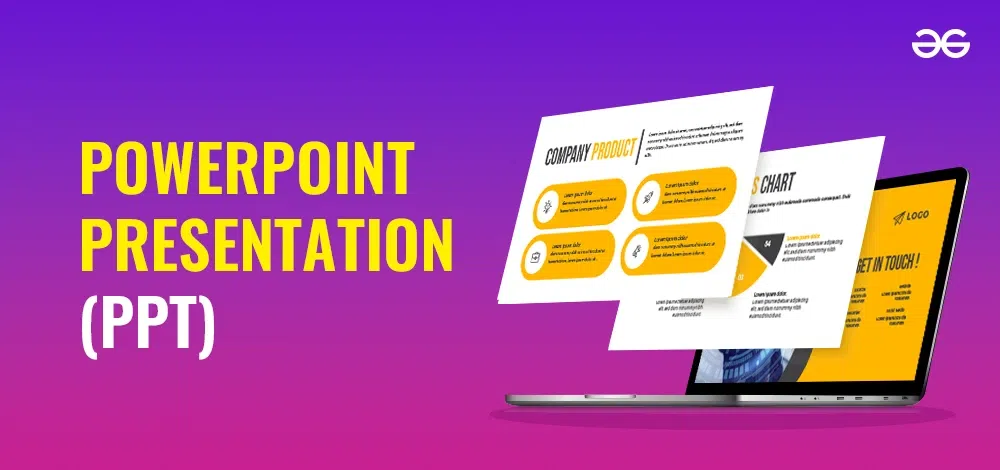Academic PowerPoint#1
Ultimate Guide to Academic PowerPoint PresentationsAcademic presentations are designed to communicate research findings, share insights, or educate an audience on a particular topic. Unlike traditional papers, PowerPoint presentations need to be visually engaging, concise, and well-structured. This guide will cover all key aspects, from planning and structure to slide design and delivery.
1. Start with Purpose and Audience:Ultimate Guide to Academic PowerPoint Presentations
Before you begin, clarify:
- Purpose: Decide if your presentation’s goal is to inform, persuade, or teach. This will help you determine content focus and tone.
- Audience: Think about the audience’s familiarity with the topic. Are they experts in the field, or are they new to it? This will guide how technical or simplified your explanations need to be.
Example: For a group of academic experts, you might delve deeply into methodology and data. For a broader audience, focus more on key takeaways and practical implications.
2. Plan Your Structure:Ultimate Guide to Academic PowerPoint Presentations
An effective structure helps the audience follow your main points easily. Here’s a common academic presentation outline:
- Title Slide: Presentation title, presenter’s name, date, and institution.
- Introduction: Provide an overview of the topic, highlighting its importance.
- Objective or Research Question: Clarify what your research aimed to answer or investigate.
- Literature Review: Summarize relevant studies and theories.
- Methodology: Briefly explain your research process.
- Findings/Results: Present key findings using charts or bullet points.
- Discussion: Interpret findings and link them to your objective.
- Conclusion: Summarize main points and suggest future research or implications.
- References: List sources for credibility.
3. Slide Design Basics:Ultimate Guide to Academic PowerPoint Presentations
- Keep It Simple: Limit each slide to one key idea or concept.
- Font Choice and Size: Use clear, legible fonts like Arial, Calibri, or Times New Roman. Titles should be around 32-40pt, and body text should be at least 24pt.
- Color Scheme: Use a high-contrast color scheme that enhances readability (e.g., dark text on a light background).
- Visual Hierarchy: Place the most important information prominently and use color or bold text for emphasis.
- Limit Text: Aim for under 50 words per slide to keep it readable.
Tip: Include only essential information on each slide; details can be shared during the verbal presentation.
4. Use Visuals Effectively:Ultimate Guide to Academic PowerPoint Presentations
Visual elements are crucial to an engaging presentation:
- Charts and Graphs: Present data visually with charts like bar graphs, line charts, and pie charts. Ensure all axes are labeled and color-coded if needed.
- Images and Icons: Use images sparingly and choose high-quality visuals relevant to the content. Icons can effectively represent ideas without cluttering slides.
- Diagrams and Flowcharts: Useful for explaining processes, models, or frameworks. Flowcharts help show steps in a process, while diagrams break down complex topics into simpler parts.
- Tables: Use tables sparingly and highlight only key data to maintain simplicity.
5. Develop Engaging Content:Ultimate Guide to Academic PowerPoint Presentations
Your content should be clear, concise, and informative:
- Introduction Slide: Start with a strong hook to grab attention. Briefly state why the topic is significant.
- Research Question/Objective: Clearly outline your research question or main objectives in one or two bullets.
- Literature Review: Select two to three pivotal studies, and summarize their relevance in a few words or with a key finding.
- Methodology Slide: Outline your approach or methods briefly, using diagrams or icons to simplify where possible.
- Findings/Results: Visualize results with charts or bullet points. Keep explanations brief, focusing on key points.
- Discussion Slide: Summarize what your results imply and relate findings back to your research question.
- Conclusion Slide: Recap the core message or findings and propose further research areas if applicable.
- References Slide: Use a simplified list format for references; include detailed citations in handouts if needed.
6. Consistency in Design:Ultimate Guide to Academic PowerPoint Presentations
To make your presentation look polished:
- Font and Color Consistency: Stick to one or two fonts and a unified color palette throughout.
- Templates: Use a consistent slide template to keep the design uniform.
- Visual Flow: Ensure elements are aligned, and the layout flows logically.
Tip: Use your institution’s color scheme for a professional touch.
7. Practice Delivery:Ultimate Guide to Academic PowerPoint Presentations
Rehearse your presentation multiple times:
- Time Management: Aim for 1-2 minutes per slide on average, with more time for complex slides.
- Practice Speaking: Rehearse aloud, ensuring that you’re clear and engaging.
- Make Eye Contact: Keep eye contact with the audience to connect and maintain engagement.
- Minimal Notes: Use brief notes to prompt you if needed, but try to know your material well enough to speak confidently without reading.
Pro Tip: Record a practice run to review timing, pacing, and clarity.
8. Handle Q&A Confidently:Ultimate Guide to Academic PowerPoint Presentations
Prepare for questions from the audience:
- Anticipate Possible Questions: Consider potential questions and prepare answers in advance.
- Stay Concise: Keep answers focused on the question.
- Acknowledge When Unsure: If you don’t know an answer, say so honestly and offer to follow up after researching further.
9. Advanced Slide Techniques:Ultimate Guide to Academic PowerPoint Presentations
- Simple Animations and Transitions: Use subtle animations like fades or appear animations to avoid distractions.
- Emphasize Key Points: Use color or bold text to highlight crucial ideas.
- White Space: Leave space between elements for a cleaner, less cluttered look.
10. Avoid Common Mistakes:Ultimate Guide to Academic PowerPoint Presentations
- Overloaded Slides: Don’t overwhelm the audience with too much text or data. Break information down into digestible bits.
- Overuse of Text: Use visuals like charts or icons to explain points instead of long paragraphs.
- Inconsistent Style: Keep fonts, colors, and layouts consistent across all slides.
- Poor Image Quality: Only use high-resolution images to maintain a professional appearance.
11. Call-to-Action or Final Thought:Ultimate Guide to Academic PowerPoint Presentations
Conclude with a final slide that leaves a lasting impression:
- Recap Key Points: Briefly summarize the main findings or conclusions.
- Encourage Follow-Up: Invite the audience to ask questions or continue the discussion.
- Contact Information: Provide your email or other contact details if applicable.
12. Final Checklist Before Presenting:Ultimate Guide to Academic PowerPoint Presentations
- Proofread: Check for spelling and grammar errors.
- Test Setup: Run a test on the projector or presentation system to ensure everything is readable.
- Backup Files: Save a backup copy on a USB or in cloud storage to prevent technical issues.
Ultimate Guide to Academic PowerPoint Presentations
Creating a high-quality academic PowerPoint presentation involves planning, design, and practice. Following these steps will help you build a clear, visually appealing, and engaging presentation. By keeping your audience in mind and focusing on essential information, you can ensure that your message resonates effectively.
Good luck with your presentation!
Need Help With a Project on This or Another Topic?
Cooperate with seasoned experts directly — create your project now and start getting help in 2 minutes.
Order Now



